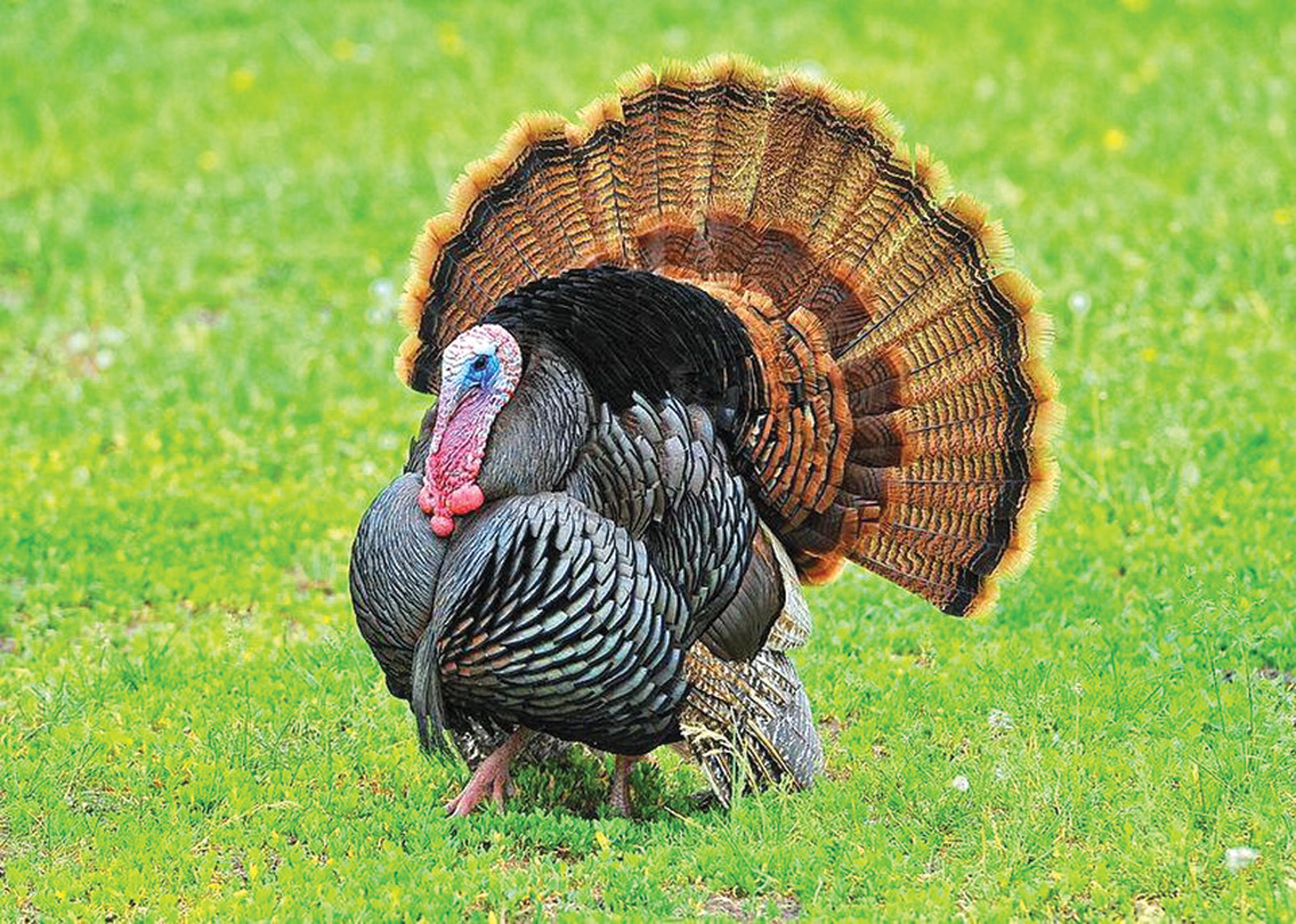East Tennessee Outdoors: The Girls
Published 12:17 am Saturday, March 7, 2020


BY DANNY BLEVINS
STAR CORRESPONDENT
Trending
The girls are back and this can mean only two things: spring is only a few days away and Tennessee turkey hunting season is just a few weeks away.
Let me explain. The girls, as I call them, are a flock of female turkeys that make a habit of visiting me during the late winter and early spring. The flock varies from 10 to 12 hens and they show up at my front door just like clockwork.
This flock may sometimes have a few jakes (young gobblers) with them, and as the weather warms, they will have a few gobblers show up trying to find love.
I don’t hunt this little flock and if I catch anyone hunting them on my property, I will be more than happy to let my local game warden know about it.
For me, hunting these turkeys would be too easy and unfair. It would seem like I am hunting a family pet.
These hen turkeys have their own personalities and I spend hours watching them. Through the years I have learned more about turkeys and turkey hunting from them than I could have from any book or individual.
Trending
For example, I have noticed that every year the flock has a dominant female that seems to be the leader of the group. She is very watchful and if she gets spooked, the rest of the flock is spooked.
I have even watched her attack other turkeys who try to join the group.
One year, a new jake showed up to the group and began to prance around the hens showing off his new beard. I noticed the dominant hen kept watching him.
Suddenly she started running toward him and attacked him with her feet and beak. The last time I saw that jake he was running through the woods leaving a trail of feathers with the hen in fast pursuit.
I have also noticed in this flock that when a gobbler establishes himself as the dominant gobbler, he will rarely leave his flock.
Like all hunters, I have hunted turkeys with the idea in mind that we can call a gobbler anytime by making our putts, purrs, clucks and other calls that imitate a hen turkey.
This is simply not true. I have noticed that if a gobbler is with a flock, he is usually not going to venture far from that flock.
It just makes common sense that if he has a group of females already, why would he leave them to try to get another one?
Usually, the girls stay for a few weeks until hunting season arrives and they feel the pressure to move deeper into the mountains. Almost every year, however, I will have one or two hens lay their eggs near my house and they give me a chance to watch them hatch their brood and raise them.
This is where I have learned one of the saddest truths about turkeys. Most young turkeys do not make it to adulthood.
A hen may hatch a brood of 10 or 12 eggs. As the days go by, I have watched her do all she can to protect them, including standing in a road stopping my car so her little group of children can cross.
Of those 10 or 12 chicks that she has hatched, one day I will notice that she only has eight of them. A few days later I will see her and she will only have five, and by the time they are grown, she will be lucky to raise one or two of these.
These are killed by a variety of predators including fox, bobcats, hawks, crows, coyote and even house cats. It is just a fact of nature.
This year the girls have about 11 hens showing up at my door, and I will enjoy them while I can. They will be gone soon, and for a while, my yard will be a little lonely without them.







